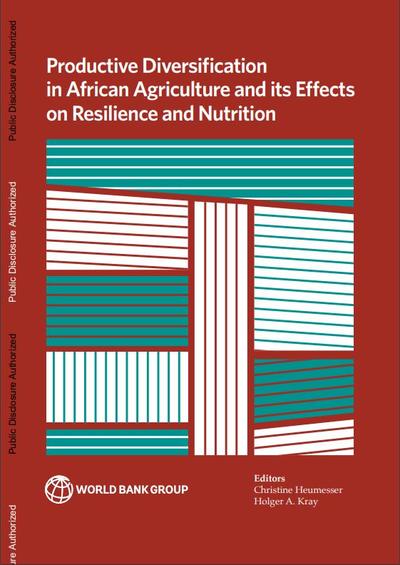
The analysis in this report highlights that although these questions can be formulated in relatively simple terms, they certainly do not have simple answers. In fact, the two main conclusions that can be drawn from our research both highlight this point.
First, the specific context in which a farm operates matters. If a farm is located in a natural environment characterized by good soils and a climate that supports the growth of different crops in different seasons—but is far from markets where it could sell its produce, then diversification is highly likely to improve both resilience and nutrition outcomes. If, in contrast, the farm is located in a natural environment that favors the production of one, or few, staple crops—due to the soil composition or a particular rainfall and temperature pattern—and is at the same time connected to well-functioning markets where it can both sell its own produce and purchase diverse and nutritious foods, then specialization might be a better option. Many combinations are possible in between these two examples, however. To make policy planning even more challenging, evidence shows that individual farms might not be the best level of analysis, as diversification at community or regional level can be more important for positive resilience and nutritional outcomes. In other words, specialization at the level of individual farms can be beneficial if diversification is achieved at higher levels.
Second, in terms of policies, there is no one-size-fits-all solution across SubSaharan countries or agroecological zones. Policies need to take into account the diversity of conditions in which farmers operate, if they are to nudge them towards resilience and nutritional diversity—be that through on-farm diversification, off-farm diversification, value addition, or specialization. Governments should aim at creating an enabling environment for agriculture where diversification and specialization are complementary, and where resilience and nutrition are considered alongside greater economic efficiency. Within this space, public policy should aim to find balance, mindful of important implications that production decisions have for resilience and nutrition, as well as acknowledge the fiscal constraints that might at times favor alternative interventions. Backed by a thorough literature review, the report outlines policy options that should help governments build the right mix, considerate of specific conditions in their respective countries.
We hope our work contributes to two concrete developments, bearing in mind the importance of local context and policy design. On the one hand, we believe that considerations of nutritional diversity and resilience need to be built into policies beyond those directly affecting agriculture, namely education, trade, or environment, among others. On the other hand, we hope that the report gives sufficient evidence to support a shift away from traditional agricultural policies that have for long, especially in Sub-Saharan Africa, provided production incentives which often work against the poor
出版物详细信息
- 已出版: 2019
- 出版者: World Bank Group